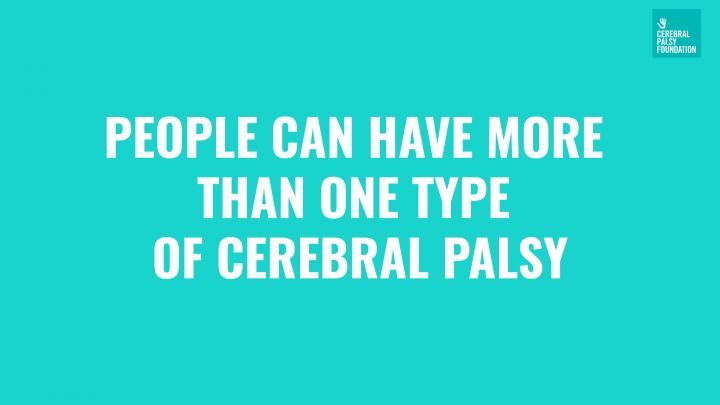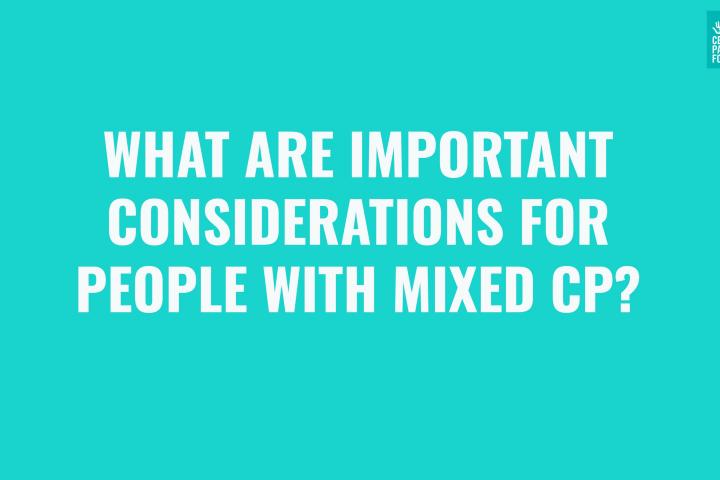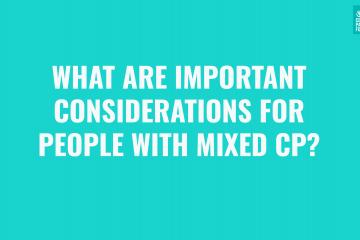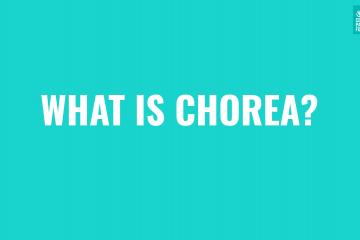Mixed Types

Mixed Types of CP
We now know that most people have more than one motor type, meaning that they may have spasticity and some sort of dyskinesia, usually dystonia, and people who have dystonia oftentimes can have some degree of chorea or athetosis as well. There are a few different reasons for this:
1) People with cerebral palsy may have injury in multiple parts of the brain.
2) Even if the injury is isolated to one part of the brain, that part of the brain may also have connections that are going to other parts of the brain that are involved in a different type of motor process.
For people who have more than one motor symptom as part of their cerebral palsy, there are a few ways that we can help distinguish what's going on. There are some characteristics that clearly separate spasticity from different types of dyskinesia. For example, spasticity has a velocity dependent catch. There are also additional tools like the Hypertonia Assessment Tool that is used to help detect subtle dystonia from spasticity in patients who have cerebral palsy.
One of the challenges that we face when somebody has more than one motor symptom is deciding what medications to use or what symptom to treat first. Unfortunately, sometimes the medication that's used for one motor symptom may not help or may actually worsen another. In general, the best way to approach this is to find the motor type that is having the biggest impact on function and it is most prevalent, and start by treating that first. Sometimes even subtle dyskinesia can have profound effects on daily life, so recognizing that dyskinesia and treating it can have important implications on function and thus quality of life.
-
Expert Videos
What are Mixed Motor Types of Cerebral Palsy? Dr. Heather Riordan explains how different motor types can occur at the same time in some people and how to decide what to treat first.
-
Relevant Research
Multiple Motor Types in Children and Young People with CP 
-
Relevant Research
Dystonia Care Pathway 






